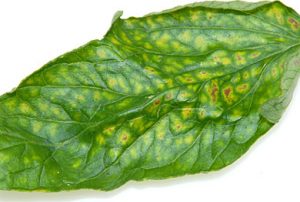Plant diseases

Plant diseases are generally caused by unfavourable growing conditions. Whether it’s too much moisture, drought, the wrong soil, inappropriate fertiliser, or similar. Such diseases cause anatomical, morphological, biochemical and physiological changes in plants. Plant diseases reduce the yield and its overall quality and contribute to the disturbance of the plants’ vital functions. Many plant-borne diseases can also be contagious to other organisms.
Common plant diseases and how to recognise them:
Black footfungal disease, which is generally a problem for seedlings. Close to the soil, the stalk of the plant becomes thin and dark and the plant withers as a result. Infected plants must be destroyed immediately.
Dormant mould (botrytis) – tends to occur in cool, wet seasons. Soil overloaded with nitrogen can also contribute to the development of the disease. The hairy, resinous mould mainly appears on the leaves, sometimes also on the stems. It is advisable to destroy the damaged parts of the plant and spray the remaining plant with the poison solution.
Mealy mildew – is a modern and fake fungal disease. Floury flecks (true mealybug) or yellow and faded patches with filmy mould on the underside (false mealybug) appear on the leaves. This disease is more common in begonias, especially in cool and wet weather.
Fungal bacteria – manifested as black cankers on leaves. Protein lice and lice secrete a sugary formation on which the fungal bacteria thrive. It is advisable to destroy severely damaged leaves but washing with soapy water will help with minor damage.
Rust disease – occurs as orange, brown and yellow patches. The diseased leaf should be destroyed and the plant sprayed with a poison solution.
